Explore our newest studies and reports
Our research focuses on increasing knowledge about the nonprofit sector and improving the practices of giving, volunteering, fundraising, nonprofit organization management, and other aspects of generosity.
Our research focuses on increasing knowledge about the nonprofit sector and improving the practices of giving, volunteering, fundraising, nonprofit organization management, and other aspects of generosity.
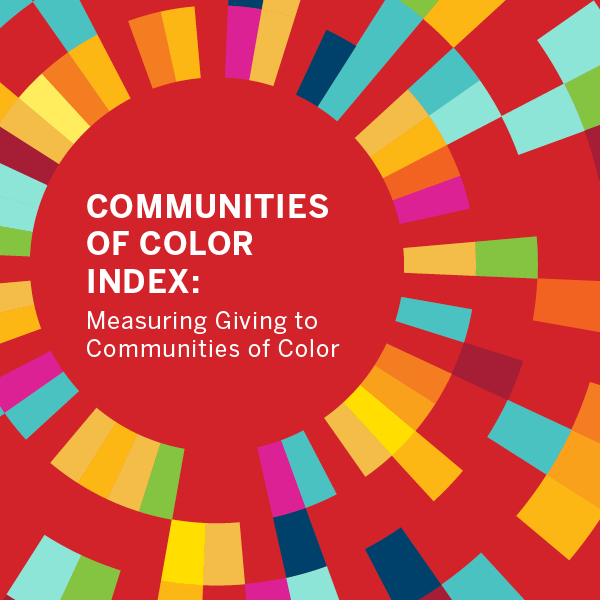
While philanthropy plays a vital role in driving change, nonprofits that serve communities of color frequently encounter significant and ongoing funding disparities in their work. The Communities of Color Index (CCI) offers the first systematically generated directory of charitable organizations in the United States specifically focused on serving communities of color. The report illustrates key characteristics of organizations serving communities of color, including the amount of total philanthropic support they receive from individuals, foundations and corporations. The CCI focuses on four distinct populations—American Indian/Alaska Native, Asian-American & Pacific Islander (AAPI), Black/African-American, and Hispanic/Latino communities. Capturing a decade of data, this inaugural report shows that despite large growth in 2020 and 2021, these organizations receive 2.9% of overall charitable giving.
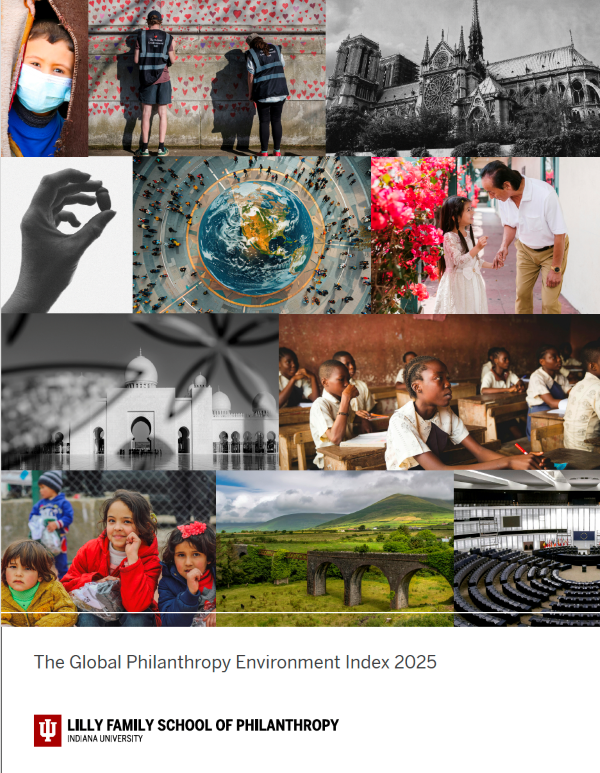
Covering the period from 2021 to 2023, the 2025 Global Philanthropy Environment Index (GPEI) provides information on the factors influencing philanthropy around the world during a time of significant global challenges, including natural disasters, economic upheaval, and a global health crisis. The index, comprised of 95 country reports, 15 regional reports, and a global report produced in collaboration with nearly 200 philanthropy experts, considers the ease of operating a philanthropic organization, tax incentives, cross-border financial flows, political environment, economic conditions, and sociocultural influences. The 2025 GPEI identifies lasting trends and innovations in addition to challenges, which will shape global philanthropy in the years to come. Philanthropy practitioners, policy makers, educators, and local leaders are encouraged to utilize the GPEI's insights to inform and advocate for meaningful change in their regions and communities.

Charitable giving significantly enhances the quality of life for Broward County residents, with annual donations exceeding $1 billion each year. Despite this substantial charitable landscape, a prior study conducted by the Community Foundation of Broward reveals that Broward County in Florida stands at a crossroads of generosity and unexplored philanthropic potential. When compared to similar-size communities in Florida and nationally, charitable giving in the area falls short. This follow-up study aims to uncover how generosity in Broward County can be activated. It brings together existing data points and findings from focus groups to create a more cohesive narrative that explores high-net-worth, diverse donor and non-donor households and offers a clear path for better understanding how to strengthen the existing culture of giving in the area.

There is growing interest in understanding how Generation Z (also referred to as Gen Z) and Millennials will reshape the future philanthropic landscape. Often referred to as the next generation of donors, their story is still being written. Nonetheless, we already know that this unique group of young donors is influencing the sector in discernible ways. The Next Generation of Philanthropy report takes a close look at how the next generation approaches giving differently than the generations that came before them.

The pandemic and its aftermath have reshaped numerous facets of our everyday lives, including our philanthropic motivations and behaviors. To gain deeper insights into these giving trends, we analyzed longitudinal data from the Philanthropy Panel Study (PPS), a biannual survey of household giving behaviors, comparing pre-pandemic periods to the pivotal first year (2020) of the COVID-19 pandemic in the United States. The report quantifies shifts in overall giving rates and average giving amounts while also identifying key drivers of altered giving behavior. Although some findings explore well-researched aspects of giving, this report also uncovers how pandemic factors—such as social distancing mandates, economic loss, and COVID-19 related morbidity/mortality—impacted giving patterns. These findings contribute to an emerging body of research that explores how donors respond during times of crisis and uncertainty.
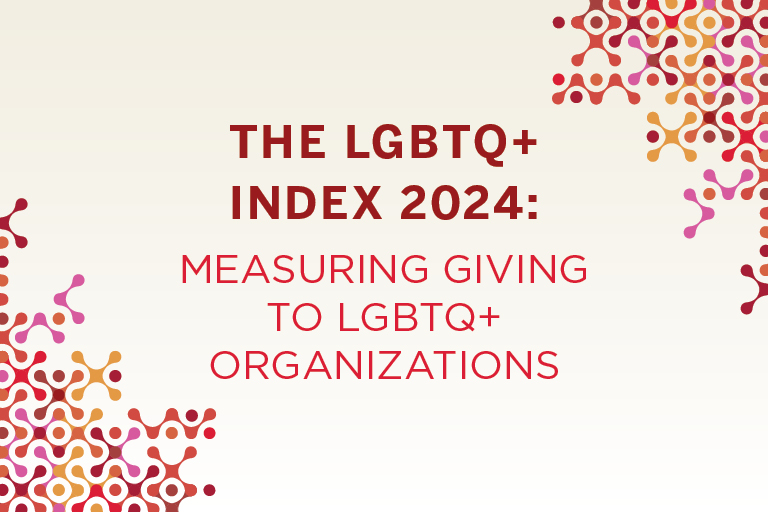
Launched in May 2023, the LGBTQ+ Index: Measuring Giving To LGBTQ+ Organizations is the only comprehensive index of charitable organizations in the U.S. that serve LGBTQ+ causes and communities. The second annual LGBTQ+ Index shows a decade of growth amid ongoing challenges for these organizations, yet LGBTQ+ organizations receive less than $1 dollar out of every $500 donated in the U.S. Resources include a link to a searchable database of organizations included in the LGBTQ+ Index; a research report, infographic and case studies of LGBTQ+ organizations; key statistics from the research; a link to download the full list of LGBTQ+ Index organizations; and FAQs about the Index.
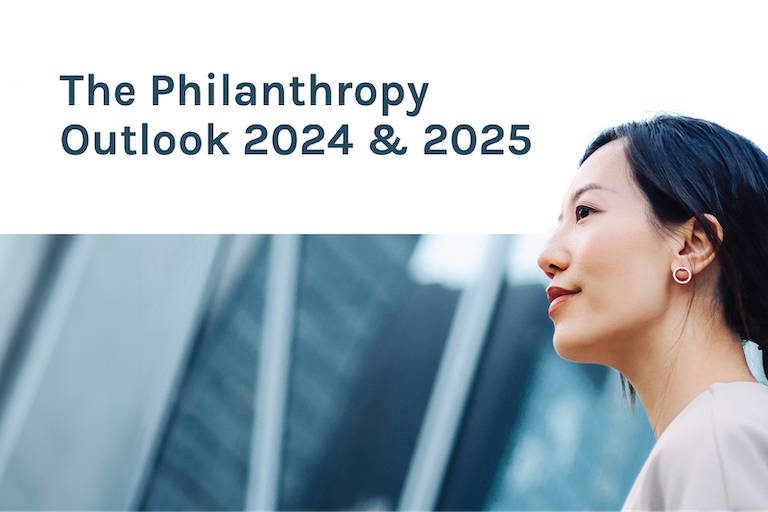
The Philanthropy Outlook 2024 & 2025 uses empirical data to develop year-to-year inflation-adjusted growth rates for total giving and giving by all four donor sources: households, foundations, estates, and corporations. The report describes how different economic variables such as GDP, net worth, and the S&P 500 impact giving by each source. In addition, the report explores conditions that may affect the outlook for giving in the next two years. This report provides nonprofit leaders, fundraisers, and practitioners with data they can use to inform and develop effective strategies for their organizations in the coming years.
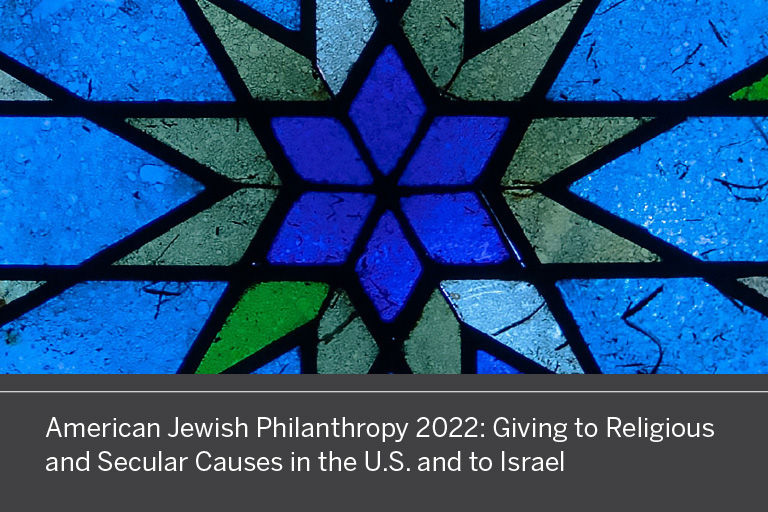
This report examines American Jewish giving and volunteering in 2022, with a strong emphasis on religious giving and giving to Israel-focused organizations. The study conducted a survey of over 3,000 American households in March 2023, about two-thirds of which were from Jewish households and around one-third from non-Jewish households. The report explores how certain factors—household income and wealth, marital status, educational attainment, children living at home, and age—influence philanthropy as demonstrated by prior research and how those effects differ as compared to non-Jewish households.
Access the American Jewish philanthropy report
Access the infographic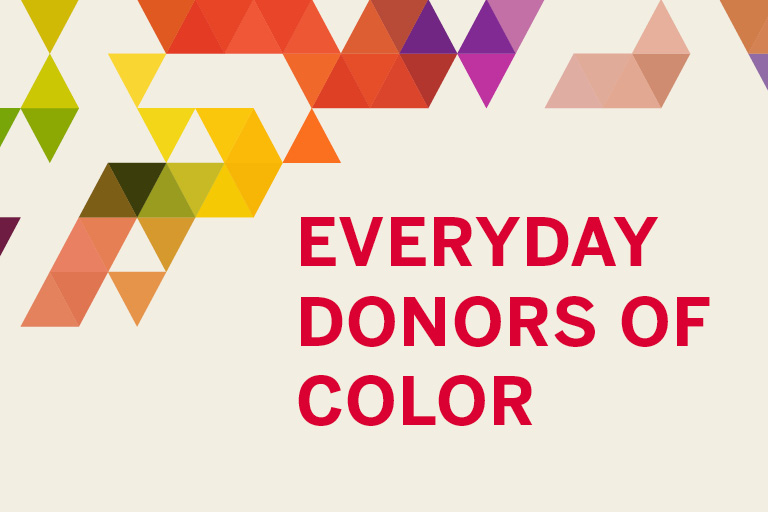
The Everyday Donors of Color report series delves in to understanding the giving trends and patterns of everyday donors of color. The first phase’s sole report Everyday Donors of Color: Diverse Philanthropy During Times of Change highlights the importance of developing a more inclusive set of philanthropic practices for organizations in the aftermath of the pandemic. The second phase’s first report The Giving Environment: Giving Trends by Race and Ethnicity explores the various factors affecting giving patterns within communities of color. The second report The Speed of Trust: An Experiment Examining the Effect of Trust on Giving among Members of Diverse Racial/Ethnic Groups explores the relationship between a donor’s trust in a charitable organization and donation behavior. The series reflects a systematic review of existing literature, data from acclaimed surveys, insights from focus groups with diverse donors, and multiple case studies spread throughout the reports.
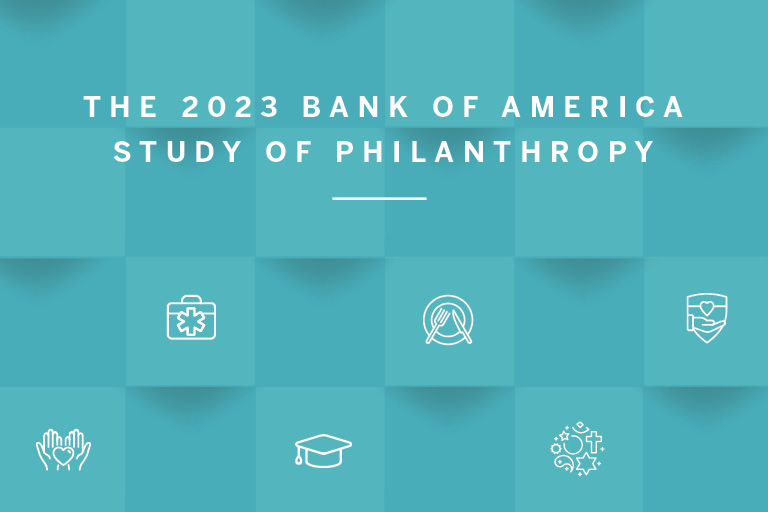
Eighty-five percent of affluent households gave to charity in 2022 with the value of their average gifts rising 19 percent above pre-pandemic levels, according to the 2023 Bank of America Study of Philanthropy released today. The study found that affluent households gave an average of $34,917 to charity in 2022, up from $29,269 in 2017, though less than the $43,195 they gave in 2020 when giving levels peaked in response to needs created by the pandemic and an increased awareness of racial and social justice issues.
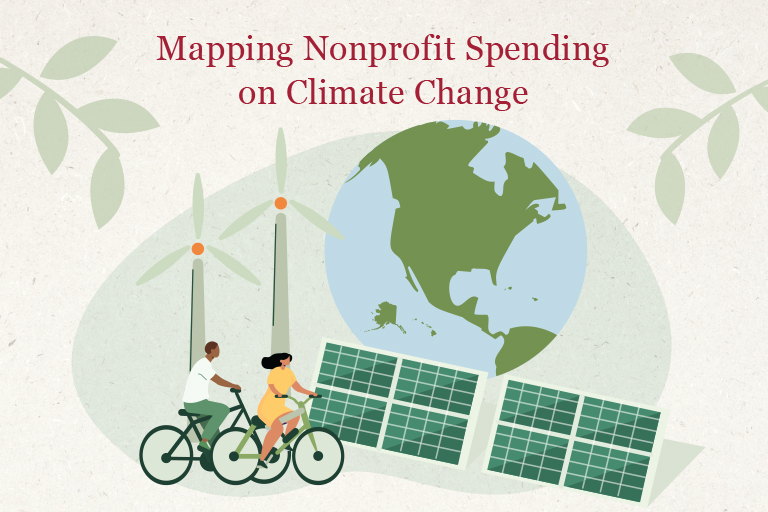
Mapping Nonprofit Spending on Climate Change provides new insights to the understanding of the specific strategies that nonprofits are taking to address climate change, as well as issuing recommendations for funders who hope to advance this vital work. This study serves as an important first step in recording the total funding spent on work to address climate change mitigation at US nonprofit organizations working wholly or partly on the environment and climate change.
Access the Mapping Nonprofit Spending on Climate Change report
This tracker measures charitable giving across borders from 47 countries at varying levels of development in every world region, highlighting the impact of cross-border collaboration. It also tracks changes in the origin and size of four main cross-border resource flows: private philanthropic outflows as well as official development assistance (ODA), remittances, and private capital investment (PCI). Lastly, it serves as a benchmark for global giving that highlights the critical role that philanthropy plays in community development, especially in response to the COVID-19 pandemic.